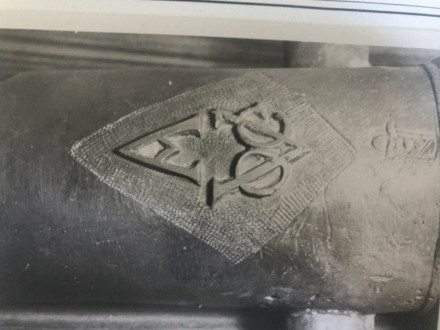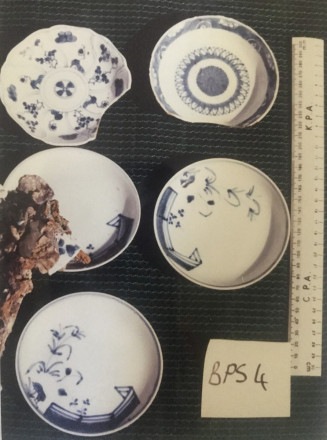History
The Bennebroek left Texel 7 may 1709 to Asia. Two years later she left Ceylon on 20-12-1712 for Holland, with a cargo that reportedly included gems, precious stones and other goods. She ran aground in broad daylight and began to break up immediately (16-2-1713).
The vessel had a crew of 15 and an unknown number of passengers. 57 Europeans and 20 Malabar slaves managed to get ashore but, tragically, it is thought that there were as much as 146 casualties.
The survivors started walking to Cape Town, but most turned back after reaching an unfordable river. Only 1 slave, but perhaps 5 slaves according to some sources, reached the Cape alive on 26 February 1714.
Those who turned back lived near the wreck until June 1713, trading iron and copper for food with the locals. When this supply was exhausted, they made another attempt to reach the Cape, but after several weeks the survivors (7 Europeans) found refuge with a friendly group of locals.
On 4 September 1714 ,a 28ft English decked boat reached Cape Town from Delagoa Bay with 4 of the survivors on board. They'd been found living in a local village near the mouth of a river.
A subsequent six-month search by the Postlooper for the wreck and remaining 3 survivors was unsuccessful.
Description
Grootboek 1710 Journaal NA VOC
| Length | 145 feet (44.2 m) |
|---|
Status
Salvage work was undertaken by Peter Sachs, which delivered porcelain, canons and anchors. Some material was given to Jane Klose at UCT to study, which was then passed on to Iziko Museums. A catalogue of artefacts was written by Jane Klose and SAHRA has a copy.


References
- DAS 6243.1.
- La Grange, L., Williams, B.L., Gribble, J. Manders, M.R., Derksen, L.F., Brouwers, W.F.G.J. (2024).
Dutch Shipwrecks in South African Waters: A Brief History of Sites, Stores and Archives.
SAHRA. - 1.11.01.01.551 Lijst van alle zoodanige Schepen, fol 17.
- relaas overlevenden Bennebroek, dagregister kaap september 1714.
- opvarenden, (people on board of) Bennebroek.